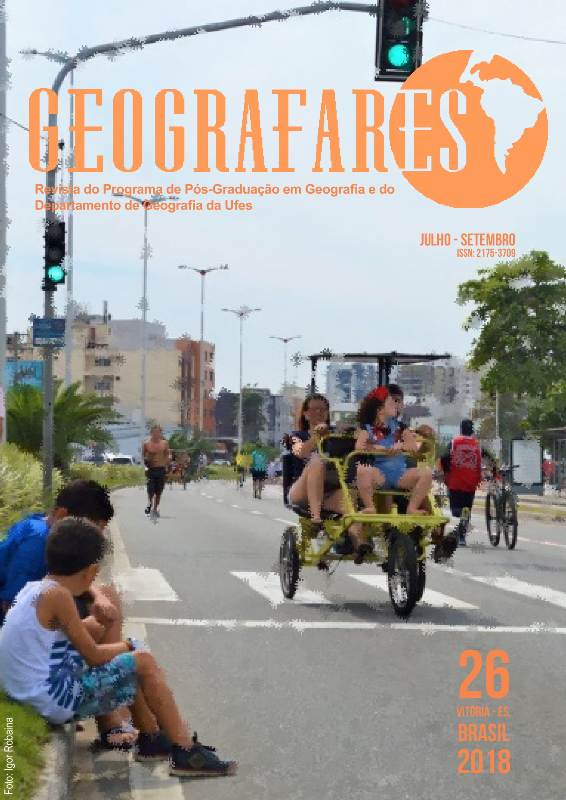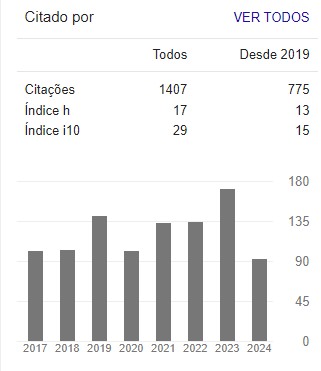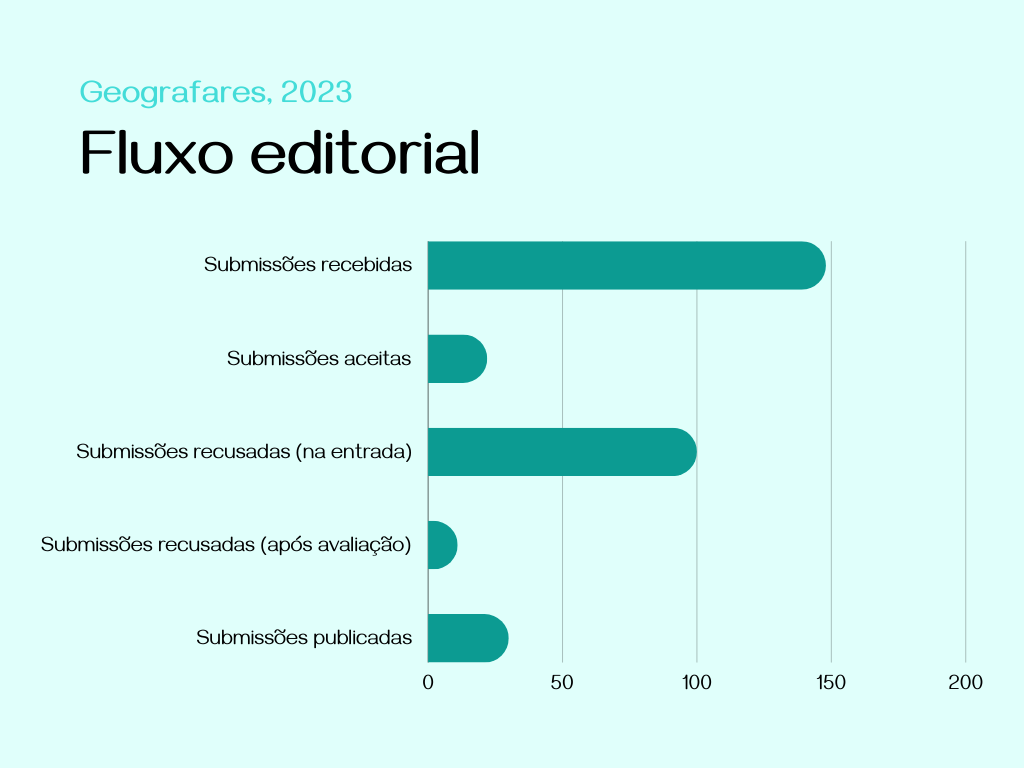From spaces of sociability to spaces of political action: transfiguration of streets and squares into political spaces
DOI:
https://doi.org/10.7147/GEO26.21007Abstract
In recent years, the world political scene has been agitated by numerous demonstrations that have shaken streets and squares, thus transfiguring, at certain moments, public spaces - public social spaces - in political spaces - spaces of political intentions. Therefore, this article aims to analyze this process of transfiguration from two perspectives of spatial analysis specific to political spaces: the organization of spaces and the exploration of their visibility. Taking as a reference the manifestations that occurred in Brazil in the period from 2015 to 2016, it was verified that the political use of streets and squares is not occasional, but the result of strategies defined by the protesting groups according to their own characteristics, as the theme of the manifestation , the number of people and the narrative to be created, and the spatial conditions found, such as visibility, size, accessibility and symbols present in these spaces.
Keywords: political space, streets and squares, political manifestations, political action.
Downloads
Downloads
Published
How to Cite
Issue
Section
License
Copyright (c) 2018 Geografares

This work is licensed under a Creative Commons Attribution 4.0 International License.
Copyrights Declaration
Authors who publish in the journal agree with the following terms:
- Authors will keep their copyrights and grant the journal the right to their first publishing, simultaneously licenced under Creative Commons Attribution License which allows sharing their work with authorship recognition and initial release through this journal.
- Authors may sign additional contracts separately diffusing a non-exclusively version of the paper published in this journal (i.g. publishing in institutional repository or as a book chapter), once citing the authorship and initial release through this journal.
- Authors are encouraged to publicize and diffuse their paper online, for example onto institutional repositories or on their personal websites.



























